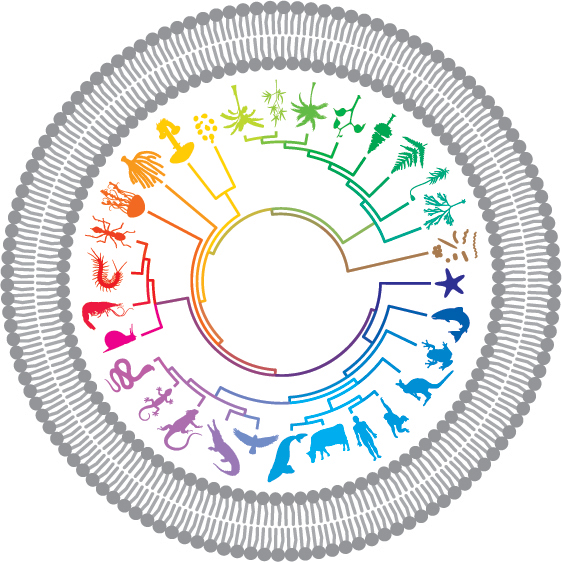 Two influenza research papers remain suspended in press since the US government’s request for their redaction, made on the recommendation of the National Science Advisory Board for Biosecurity (NSABB) late last year. Were this to be upheld, it would be an unprecedented example of censorship of the scientific literature, justified as a necessary measure to protect against bioterror. A comment published in BMC Biology by Peter Doherty and Paul Thomas counters this justification, arguing that although the work raises legitimate safety concerns, full publication of these studies would not add significantly to the vanishingly small risk that influenza might be effectively harnessed to nefarious ends. By contrast, Doherty and Thomas see it as imperative that the research community continue to investigate, without undue impediment, how highly pathogenic avian influenza might adapt to become transmissible in mammals, so that we are better able to monitor and counter the significant risk that this might happen naturally, without any human design or intent.
Two influenza research papers remain suspended in press since the US government’s request for their redaction, made on the recommendation of the National Science Advisory Board for Biosecurity (NSABB) late last year. Were this to be upheld, it would be an unprecedented example of censorship of the scientific literature, justified as a necessary measure to protect against bioterror. A comment published in BMC Biology by Peter Doherty and Paul Thomas counters this justification, arguing that although the work raises legitimate safety concerns, full publication of these studies would not add significantly to the vanishingly small risk that influenza might be effectively harnessed to nefarious ends. By contrast, Doherty and Thomas see it as imperative that the research community continue to investigate, without undue impediment, how highly pathogenic avian influenza might adapt to become transmissible in mammals, so that we are better able to monitor and counter the significant risk that this might happen naturally, without any human design or intent.
The arguments against censorship would seem to be gaining momentum. Last week the World Health Organization convened a meeting which brought together a group of influenza researchers and global public health experts with key players: the lead authors of the two papers, representatives of those who funded the work, editors from the journals concerned (Science and Nature), and Paul Keim, chairman of the NSABB. Keim stood by the original recommendation for redaction and the balance of reasoning behind it, but the workability of making the full data available on a “need to know” basis was questioned, and a consensus reached that it would be better to delay publication of the papers until safety concerns were addressed and they could be published in full.
A second outcome of last week’s meeting is an extension of the voluntary moratorium on research to create and study transmissible strains of avian influenza, pending the further discussion of how safety issues should be dealt with. The virus already created in Ron Fouchier’s laboratory was obtained by serial passage in ferrets, is transmitted through the air between their cages, and is highly pathogenic so biosafety issues are an obvious concern; the study demonstrates that such adaptation can occur, could thus occur in nature, and identifies a specific pathway of mutation by which it can occur. The virus created by Yoshihiro Kawaoka is no more pathogenic in ferrets than the H1N1 2009 pandemic virus from which it was derived, but instead of H1, it bears the H5 haemagglutinin molecule of avian H5NA. Both studies show that H5-bearing viruses can be transmissible in mammals and therefore pose a risk to be monitored, and against which we should prepare.
Penelope Austin
Latest posts by Alice Plane (see all)
- Folates, lifespan and the gut microbiome - 31st July 2012
- Now on video: Diet, cancer and obesity – Emperors’ clothes and Elephants - 12th July 2012
- Breaking walls and mending organs - 17th May 2012
[…] is it right to censor science? In a recently published BMC Biology Comment article (covered in this blog by Penelope Austin), Peter Doherty and Paul Thomas argued that, in the case of the H5N1 "bird […]